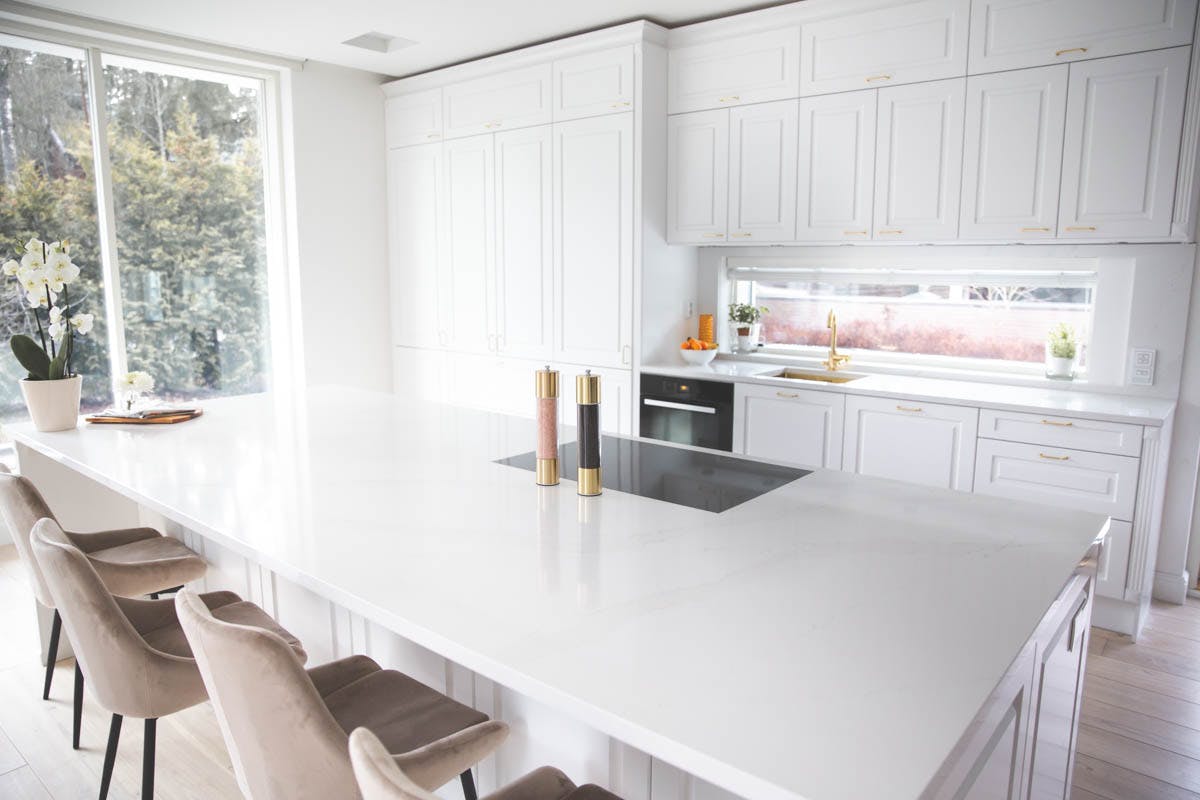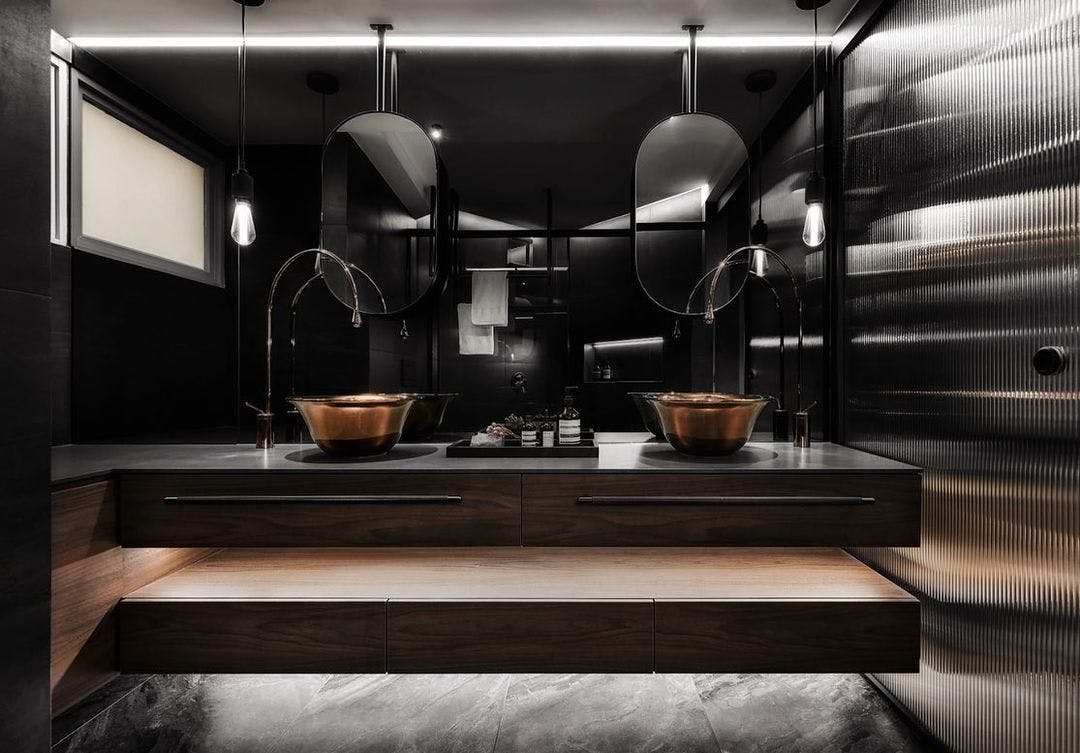
How to fix Silestone? Care and restoration tips
Home » Blog & Events » How to fix Silestone? Care and restoration tips
Silestone is one of the best known and popular materials in interior design and architecture. It is made from premium and recycled materials, using the exclusive and innovative HybriQ® technology to make it the most advanced and sustainable hybrid material on the market. It has become a multipurpose option used to give added resistance to designs for walls, flooring, showers, basins, and countertops.
Unlike other materials such as granite, Silestone is not immediately impacted by high temperatures or surface stains. Hot liquids can be left on the countertop and cleaned later without having to worry about stains or marks.
However, although Silestone guarantees resistance and durability, it can sometimes suffer deterioration or damage and be in need of some repair in order to regain its stunning beauty and design.
How to fix the damages caused to Silestone
It is important to know that Cosentino offers a 25 year warranty on Dekton and Silestone and a 15 year warranty on Sensa, during which time you can replace or repair any of these products under the terms and conditions included in the agreement. This warranty covers Silestone surfaces such as countertops, tiling, walls, and flooring inside your home.
In the case of any defects with any Silestone product, Cosentino will proceed to replace or repair the product subject to inspection. Under the Cosentino warranty, the product will always be replaced if it has not been discontinued, in which case the replacement product will be one with similar features.
If the Silestone in your home has suffered any minor damage such as abrasion, cracks, or scratches and you do not have the Cosentino warranty, you can fix these with specially designed products and techniques. Polishing the surface often hides any repair work that has been carried out.
One of the most effective solutions when fixing scratches or cracks is the grout and silica gel that you can find at any hardware or construction stores. If you cannot find this product, marble paste is a great alternative and can be used to fix a range of different issues.
When it comes to more serious damage, the size of the Silestone needs to be taken into consideration, this is because it is one sole piece and requires a lot of care when carrying out repairs to ensure that they go unnoticed. In the case of cracks, breaks, or holes, the most effective solution is to fill these with a grout solution to prevent them from increasing in size.
Additionally, unlike natural stone such as granite, Silestone is not a porous material that can easily absorb stains and bacteria. Due to Silestone’s composition, stains do not remain on the surface if left there over time. It does not need to be sealed every year like granite, and therefore, bacteria and other microorganisms cannot penetrate the surface.
Silestone’s low porosity means that it is also stain resistant, making it much easier to clean and care for than other materials. Its everyday cleaning is very simple: just apply some neutral soap and softly rub in a circular motion with a damp sponge for professional standard results after just a few minutes. Then you just need to remove the excess soap with a damp dishcloth and dry with a paper towel.
Q-Action is a product designed to effectively clean any Silestone surface. It is a listed star product due to its strong hygienic and disinfectant properties for Silestone countertops. Q-Action brings back the surface’s shine and also cleans and dries in a matter of minutes.
If your Silestone has some hard to remove stains, make sure you know what the cause of the stain is to apply the most effective product.
- Limescale stains: apply anti limescale products onto the stain and rub softly in a circular motion with a damp microfiber sponge.
- Iron oxide stains: Apply a specialist cleaning product and leave for a few minutes. After a couple of minutes, clean with warm water and leave to dry.
- Colored food stains: wine or tea stains are the most common. Dilute 15% of bleach into water and apply to the stain with a damp sponge, you should be able to remove the stain after leaving the solution for a few minutes. If needed, repeat the process.


 Back
Back





